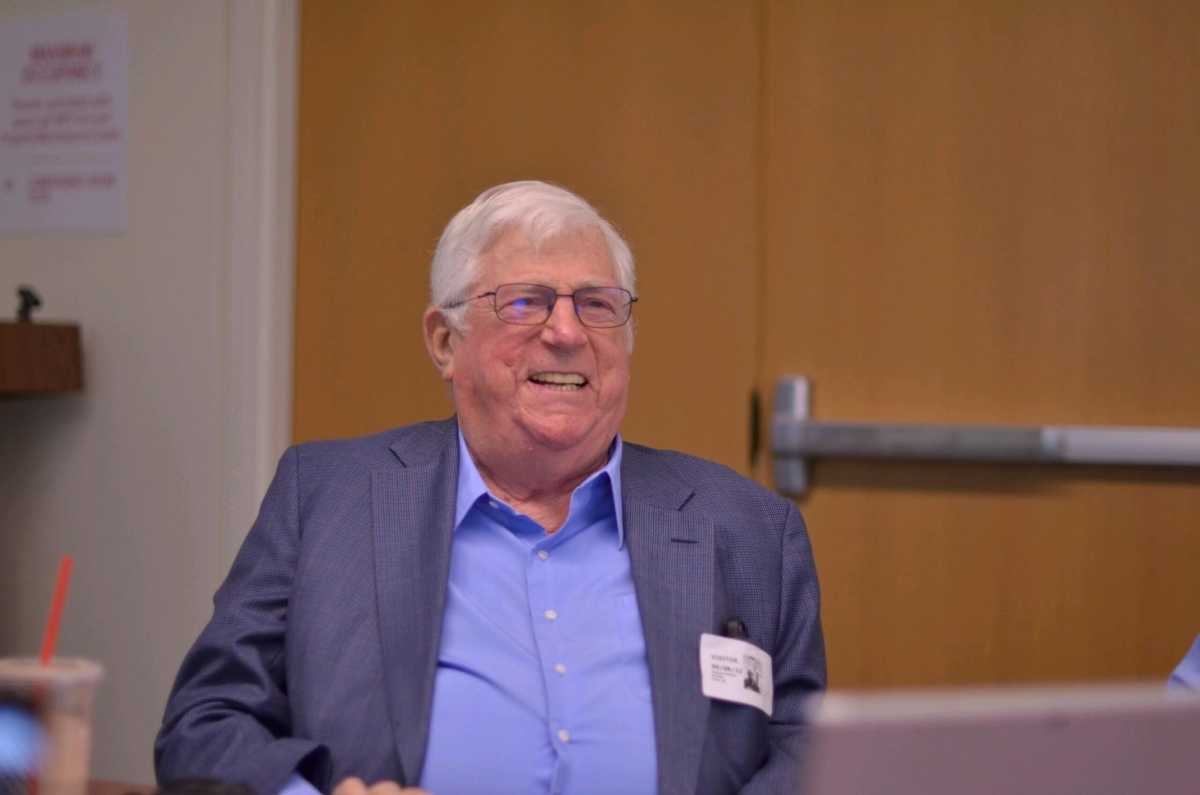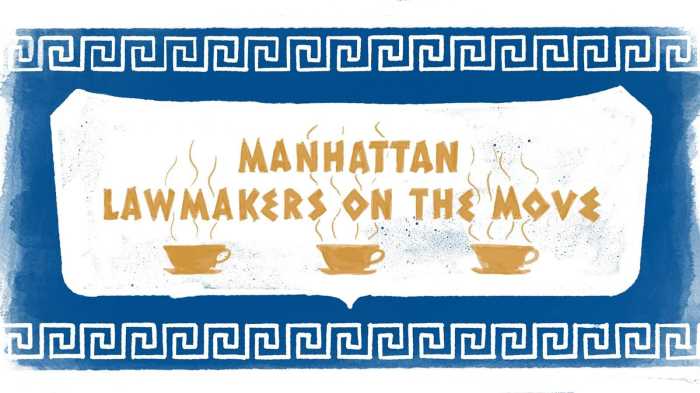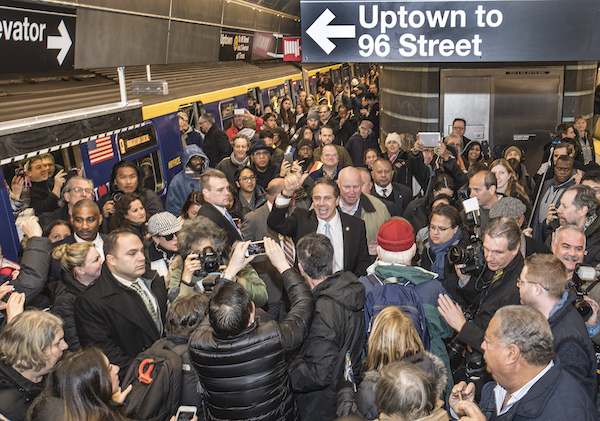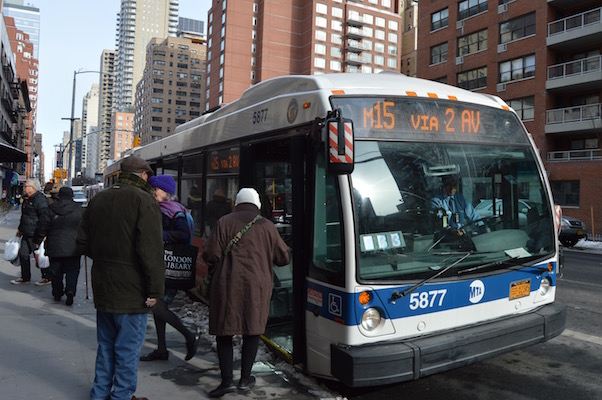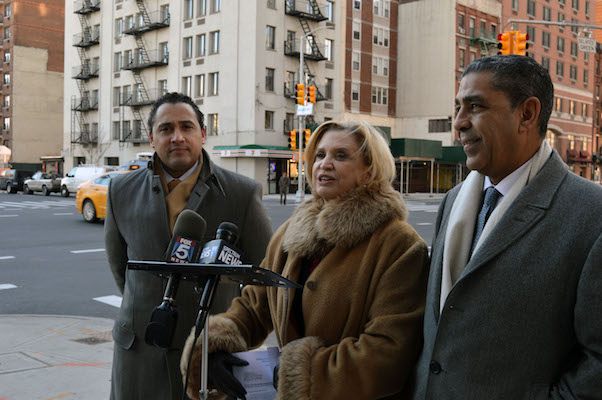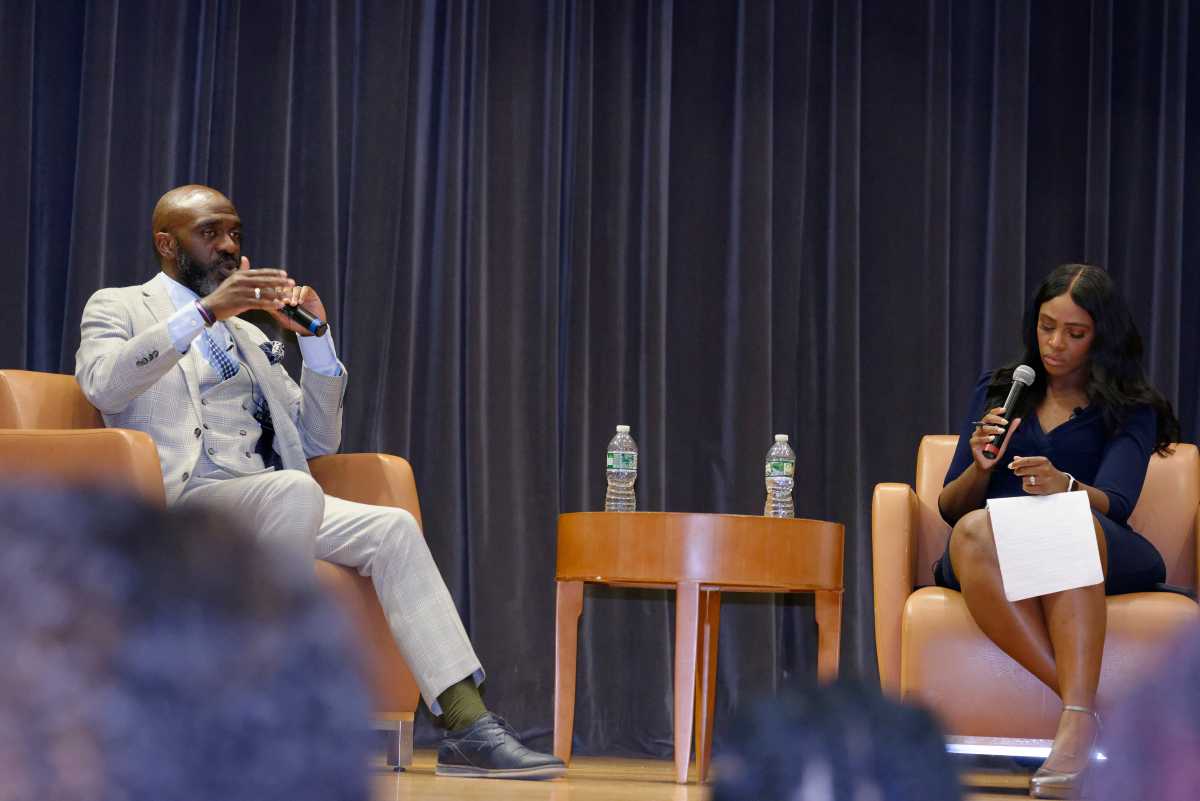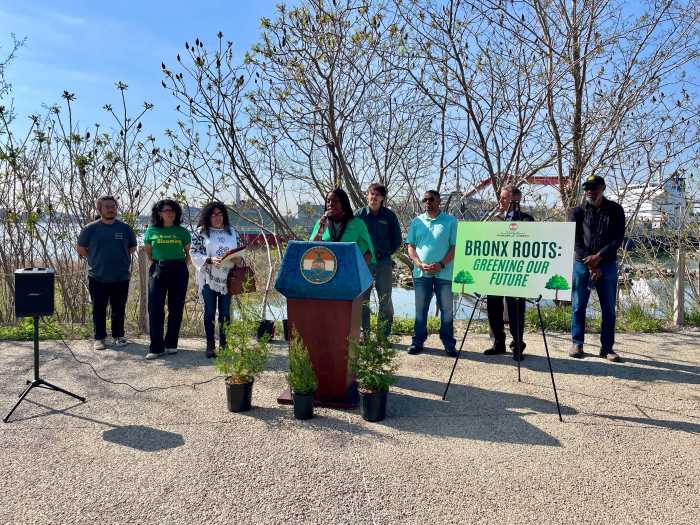The state’s planned congestion pricing toll for drivers entering Manhattan below 60th Street won’t bring in enough revenue to fund needed upgrades for the Metropolitan Transportation Authority’s aging mass transit system, charged a former head of the agency and state leader.
Richard Ravitch, who led the MTA in the early 1980s and served as Lieutenant Governor under Governor David Paterson in 2009, warned that motorists evading the toll would gut the promised $1 billion annual revenues and that the transportation project has become too politically charged.
“I believe the congestion pricing is going to be eviscerated,” Ravitch said Sept. 8 at a meeting with the Permanent Citizens Advisory Committee, the MTA’s in-house rider advocacy arm.
“I don’t think it’s been handled well, I think it’s become a major political issue, and there is no way in the world it’s gonna produce a billion dollars a year,” said Ravitch.
The former second-in-command of New York State called on MTA chief Janno Lieber and Governor Kathy Hochul to lobby lawmakers in Albany to create a new state funding stream for the agency.
“I think Janno will do the right thing, but more importantly, she’s the one who has to get the legislature to vote for new taxes for the MTA — there’s no choice,” Ravitch said.
The elder statesman worried that scofflaws dodging the congestion fee and officials carving out too many exemptions could cost the agency.
“The number of people who are going to cheat, the number of people who are going to put Jersey plates on their cars,” said Ravitch.
The MTA lost $144 million last year in unpaid fees last year on its seven tolled bridges and two tunnels, reported Streetsblog.
Under the 2019 congestion pricing law, a state and city panel known as the Traffic Mobility Review Board must to come up with a tolling structure that will generate enough money allowing the MTA to bond out $15 billion to fund its five-year capital plan.
The $51.5 billion, 2020-2024 plan includes upgrades to subway signals, buy new train cars, build elevators, and extend the Q train under Second Avenue to East Harlem, among other projects.
The six-member TMRB, five of whom were picked by the governor and one by Mayor Eric Adams, will take into account possible exemptions, discounts, and credits for different groups of drivers, in a way that still brings in $1 billion a year.
The congestion fee could cut vehicle traffic by up to one fifth in Manhattan’s central business district below 60th Street and lead to less pollution after it launches in late 2023 or early 2024.
The MTA studied seven scenarios as part of a lengthy federal environmental assessment released last month, ranging from $9–$23 for passenger vehicles and $12-$82 for trucks.
The price ranges are not set in stone, and the TMRB will eventually have to craft their preferred tolling setup. Nevertheless, the study ignited fierce debate and calls for exemptions in recent weeks, including at a set of marathon public hearings at the end of August.
Hochul said earlier last month that she would not back down from the plan, saying it was crucial to cutting Manhattan gridlock and combating climate change.
Lieber has for months beaten the drum to get more funding for the MTA, saying the state should treat it as a public service like the Fire Department, rather than make it over-rely on fares and tolls to pay for its operations, which are separate from capital funding.
Due to the COVID-19 pandemic draining the transit system of ridership, the MTA’s operational finances have taken a hit and face what officials have dubbed a “fiscal cliff” of $2.5 billion deficits every year once $15 billion in federal pandemic aid runs out at the end of 2024.
“The so-and-so is gonna hit the fan in 2025 no matter what. Let’s start dealing with it now,” said Ravitch.
Despite calls from Lieber and transit advocates, Hochul and the state legislature did not direct new money to the MTA during the budget season last spring, and the governor recently declined to say whether she’d push for a dedicated new cash source in 2023.
“I’m not gonna talk about what’s going to go on next year’s budget at this point,” the governor told amNewYork Metro at a Tuesday press conference with transit leaders. “Certainly we’re looking at the needs of the MTA very seriously. This is the lifeblood of New York, it’s the lifeblood of the nation, we have to keep it strong.”
The MTA declined to comment.
The governor’s office did not respond by press time.



